Barricade
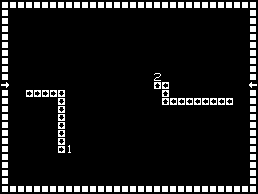 The Game: Up to four players control markers that leave a solid “wall” in their wake. The object of the game is to trap the other players by building a wall around them that they can’t avoid crashing into – or forcing them to crash into their own walls. Run into a wall, either your own or someone else’s, ends your turn and erases your trail from the screen (potentially eliminating an obstacle for the remaining players). The player still standing at the end of the round wins. (Ramtek, 1976)
The Game: Up to four players control markers that leave a solid “wall” in their wake. The object of the game is to trap the other players by building a wall around them that they can’t avoid crashing into – or forcing them to crash into their own walls. Run into a wall, either your own or someone else’s, ends your turn and erases your trail from the screen (potentially eliminating an obstacle for the remaining players). The player still standing at the end of the round wins. (Ramtek, 1976)
Memories: If you’re a fan of the “Light Cycle” concept made popular by Tron (both the movie and the game), this is where it all started, with an obscure game from a relatively obscure manufacturer. But that obscurity isn’t earned by a game that essentially launched and entire genre. [read more]

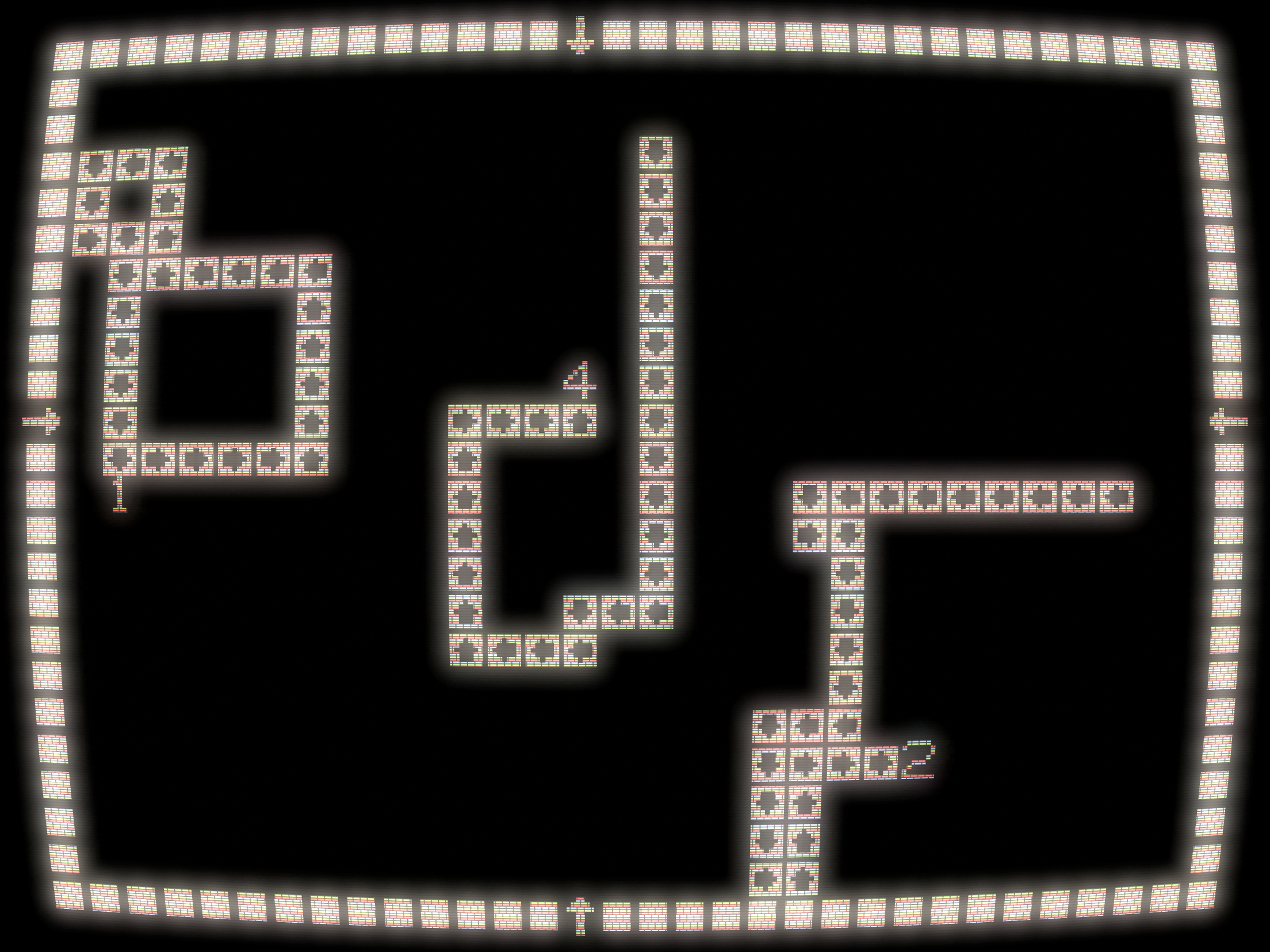
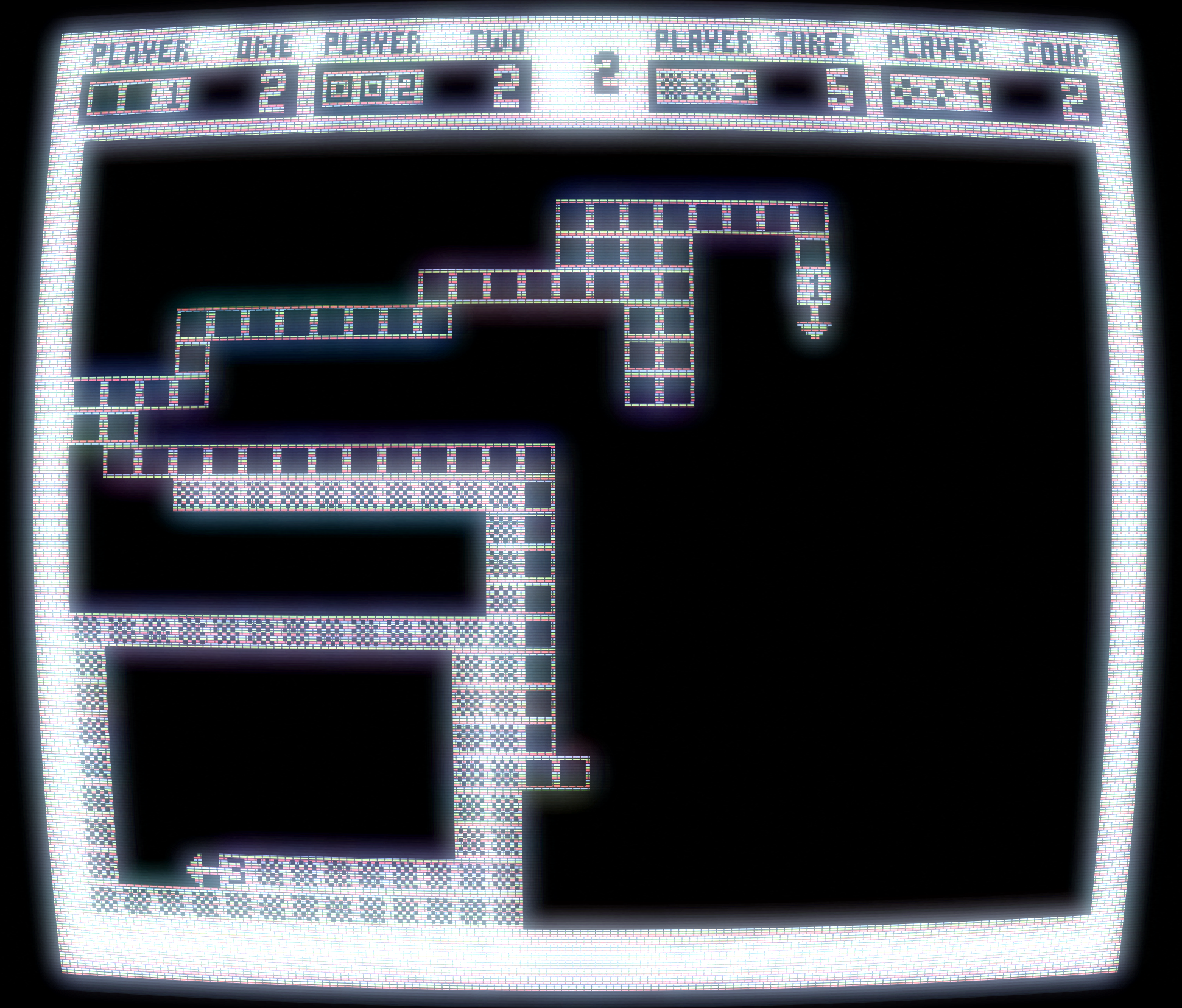
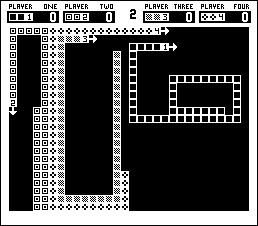 The Game: Up to four players control markers that leave a solid “wall” in their wake. The object of the game is to trap the other players by building a wall around them that they can’t avoid crashing into – or forcing them to crash into their own walls. Run into a wall, either your own or someone else’s, ends your turn and erases your trail from the screen (potentially eliminating an obstacle for the remaining players). The player still standing at the end of the round wins. (Midway, 1977)
The Game: Up to four players control markers that leave a solid “wall” in their wake. The object of the game is to trap the other players by building a wall around them that they can’t avoid crashing into – or forcing them to crash into their own walls. Run into a wall, either your own or someone else’s, ends your turn and erases your trail from the screen (potentially eliminating an obstacle for the remaining players). The player still standing at the end of the round wins. (Midway, 1977)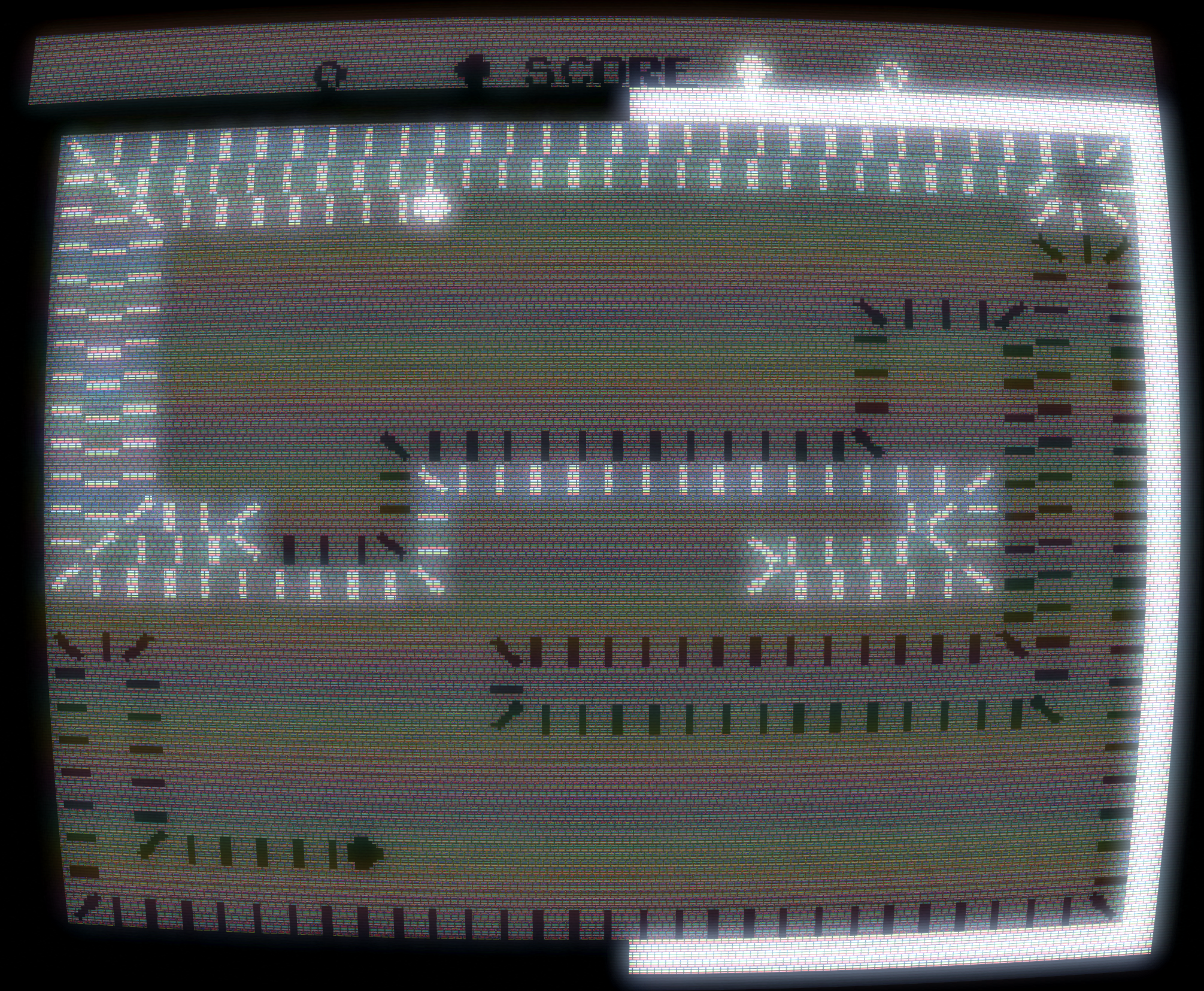
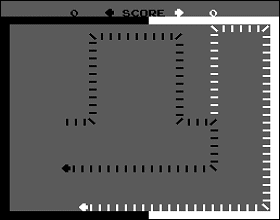 The Game: Up to two players control markers that leave a trail of dominos in their wake. The object of the game is to trap the other players by laying a wall of dominos around them that they can’t avoid crashing into – or forcing them to run into their own walls. Coming into contact with a line of dominos, either you own or someone else’s, collapses your own trail and ends your turn. The player still standing at the end of the round wins. (Atari, 1977)
The Game: Up to two players control markers that leave a trail of dominos in their wake. The object of the game is to trap the other players by laying a wall of dominos around them that they can’t avoid crashing into – or forcing them to run into their own walls. Coming into contact with a line of dominos, either you own or someone else’s, collapses your own trail and ends your turn. The player still standing at the end of the round wins. (Atari, 1977)

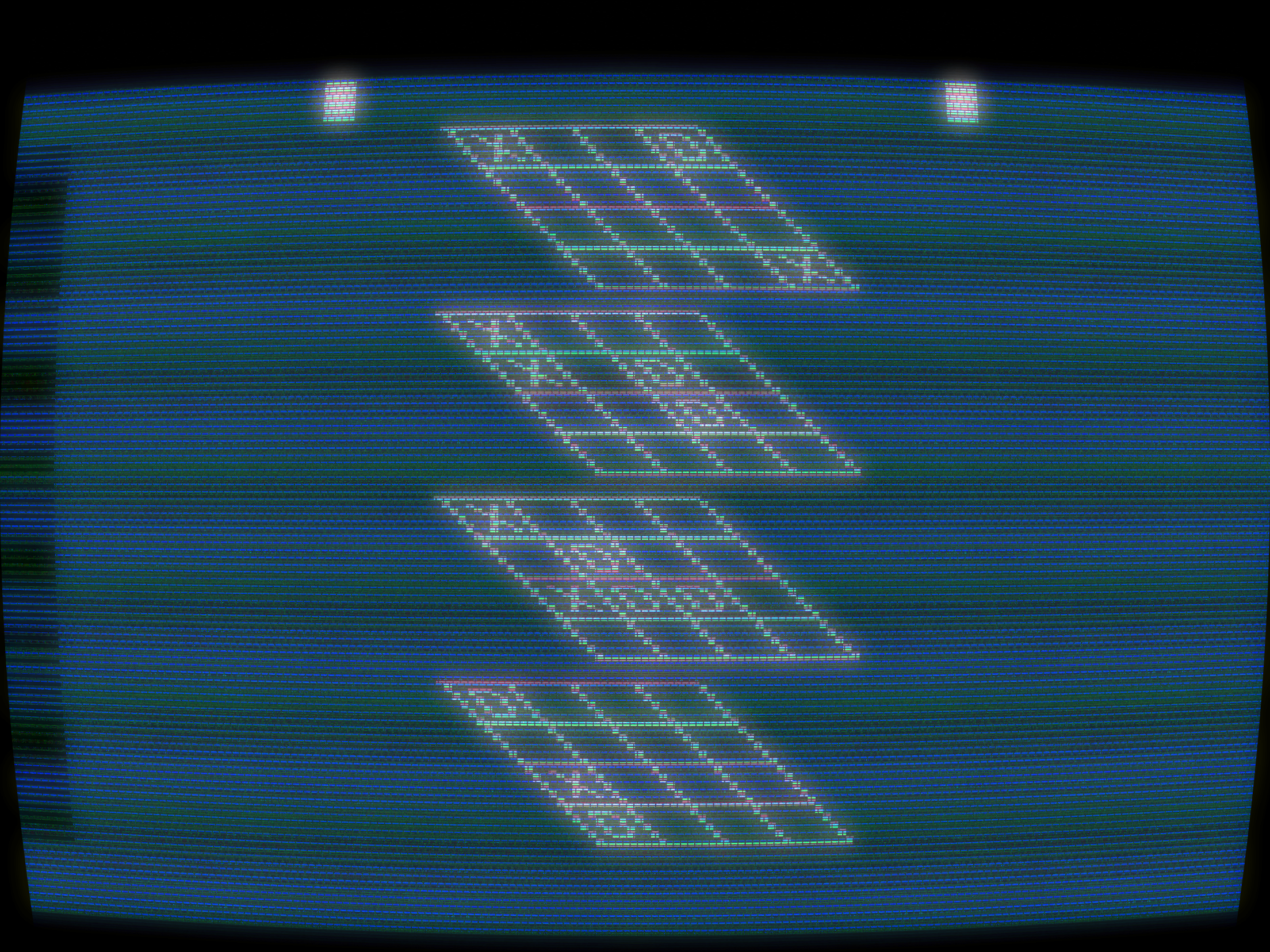
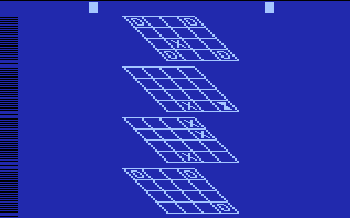
 The Game: In an exceedingly abstract and addictive game, you are a marker, trying to claim as much of the playing field as you can by enclosing areas of it. Drawing your boundaries faster is safer, but yields fewer points. A slower draw, which leaves you vulnerable to attack from the Qix and the Sparx, gives you many more points
The Game: In an exceedingly abstract and addictive game, you are a marker, trying to claim as much of the playing field as you can by enclosing areas of it. Drawing your boundaries faster is safer, but yields fewer points. A slower draw, which leaves you vulnerable to attack from the Qix and the Sparx, gives you many more points  The Game: As one of four color-coded player icons on the screen, you begin the round at one edge of the rectangular playing field. Your icon leaves a solid wall behind it, tracing your path. You try to trap other players or computer-controlled
The Game: As one of four color-coded player icons on the screen, you begin the round at one edge of the rectangular playing field. Your icon leaves a solid wall behind it, tracing your path. You try to trap other players or computer-controlled 
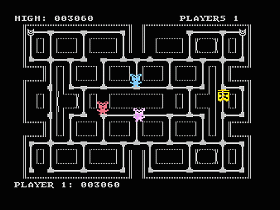 The Game: Plumber Larry Bain is out to earn his hazard pay, trying to run pipes through a rat-infested maze. This wouldn’t be a problem, except that the rats are as big as he is. He can lay a limited number of traps in the maze that will temporarily stop the rats in their tracks so he can double back and eliminate them, but in the end Larry’s best chance of survival is to stay on the run and fill the maze with plumbing. (Sierra On-Line, 1981)
The Game: Plumber Larry Bain is out to earn his hazard pay, trying to run pipes through a rat-infested maze. This wouldn’t be a problem, except that the rats are as big as he is. He can lay a limited number of traps in the maze that will temporarily stop the rats in their tracks so he can double back and eliminate them, but in the end Larry’s best chance of survival is to stay on the run and fill the maze with plumbing. (Sierra On-Line, 1981)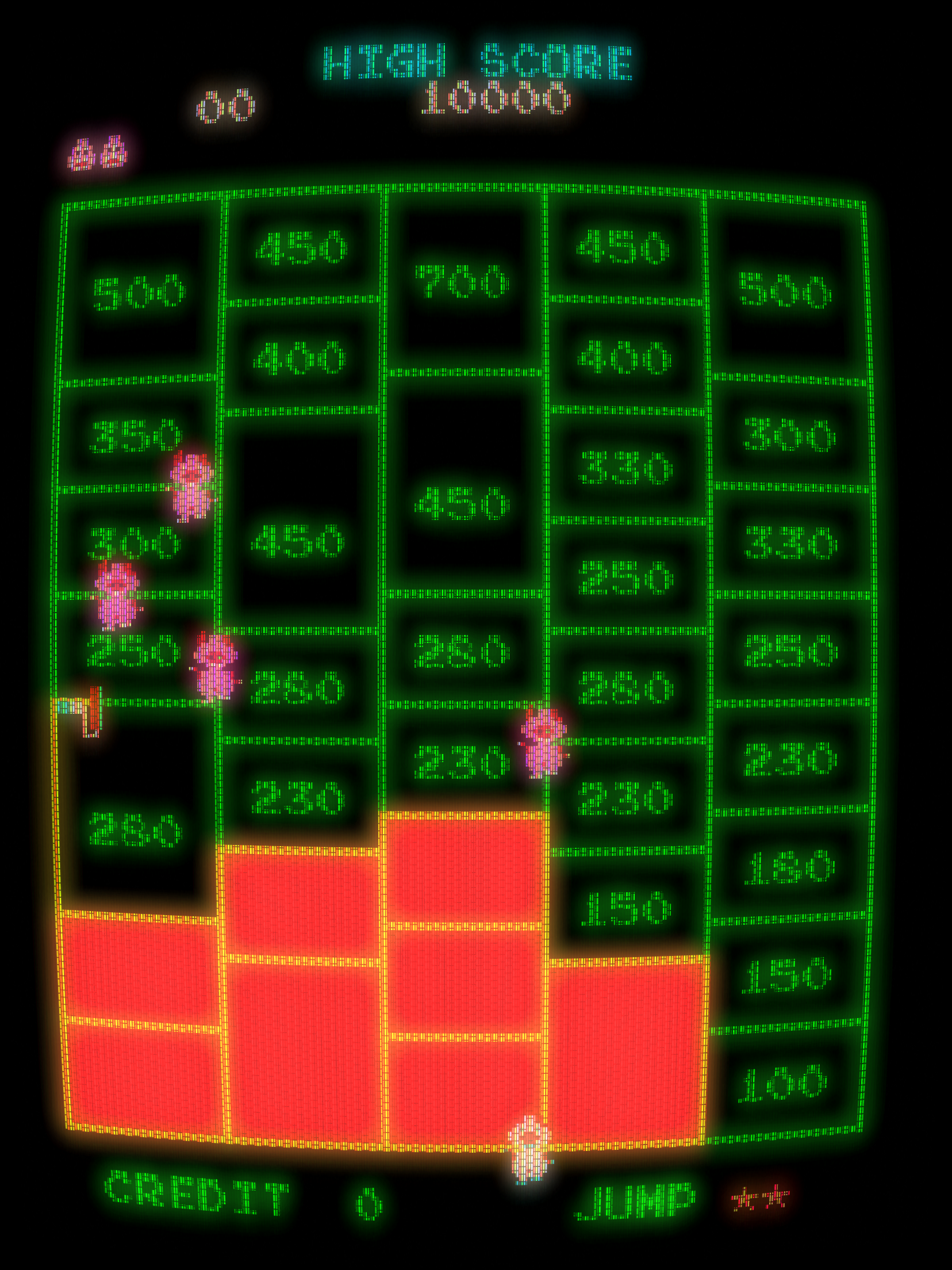
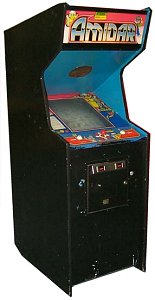 The Game: I’ll try to explain this as best I can. You’re a paintroller (recent escapee from Make Trax?) beseiged by pigs. Or a gorilla pursued by natives. Or something like that. It depends on which level you’re playing. You must try to enclose as many of the spaces in the game area as possible, in a zig-zagging pattern. This, the attract mode wisely advises us, is “Amidar movement.” You have one way to avoid an imminent head-on collision – you can hit the jump button, which doesn’t make you jump, but forces everything else on the board to jump. Enclosing all of the available spaces advances you to the next level, with different animal enemies. (Stern [under license from Konami], 1982)
The Game: I’ll try to explain this as best I can. You’re a paintroller (recent escapee from Make Trax?) beseiged by pigs. Or a gorilla pursued by natives. Or something like that. It depends on which level you’re playing. You must try to enclose as many of the spaces in the game area as possible, in a zig-zagging pattern. This, the attract mode wisely advises us, is “Amidar movement.” You have one way to avoid an imminent head-on collision – you can hit the jump button, which doesn’t make you jump, but forces everything else on the board to jump. Enclosing all of the available spaces advances you to the next level, with different animal enemies. (Stern [under license from Konami], 1982) You’re on the dance floor, they’ve dimmed the lights, the feeling is right, and you’re gonna boogie tonight. Leaving temporary, light-cycle-style tracers behind you, you have to impress all the lovely ladies by literally skating circles around them. When you accomplish this, you claim a bit of territory on the dance floor. (Data East, 1982)
You’re on the dance floor, they’ve dimmed the lights, the feeling is right, and you’re gonna boogie tonight. Leaving temporary, light-cycle-style tracers behind you, you have to impress all the lovely ladies by literally skating circles around them. When you accomplish this, you claim a bit of territory on the dance floor. (Data East, 1982)